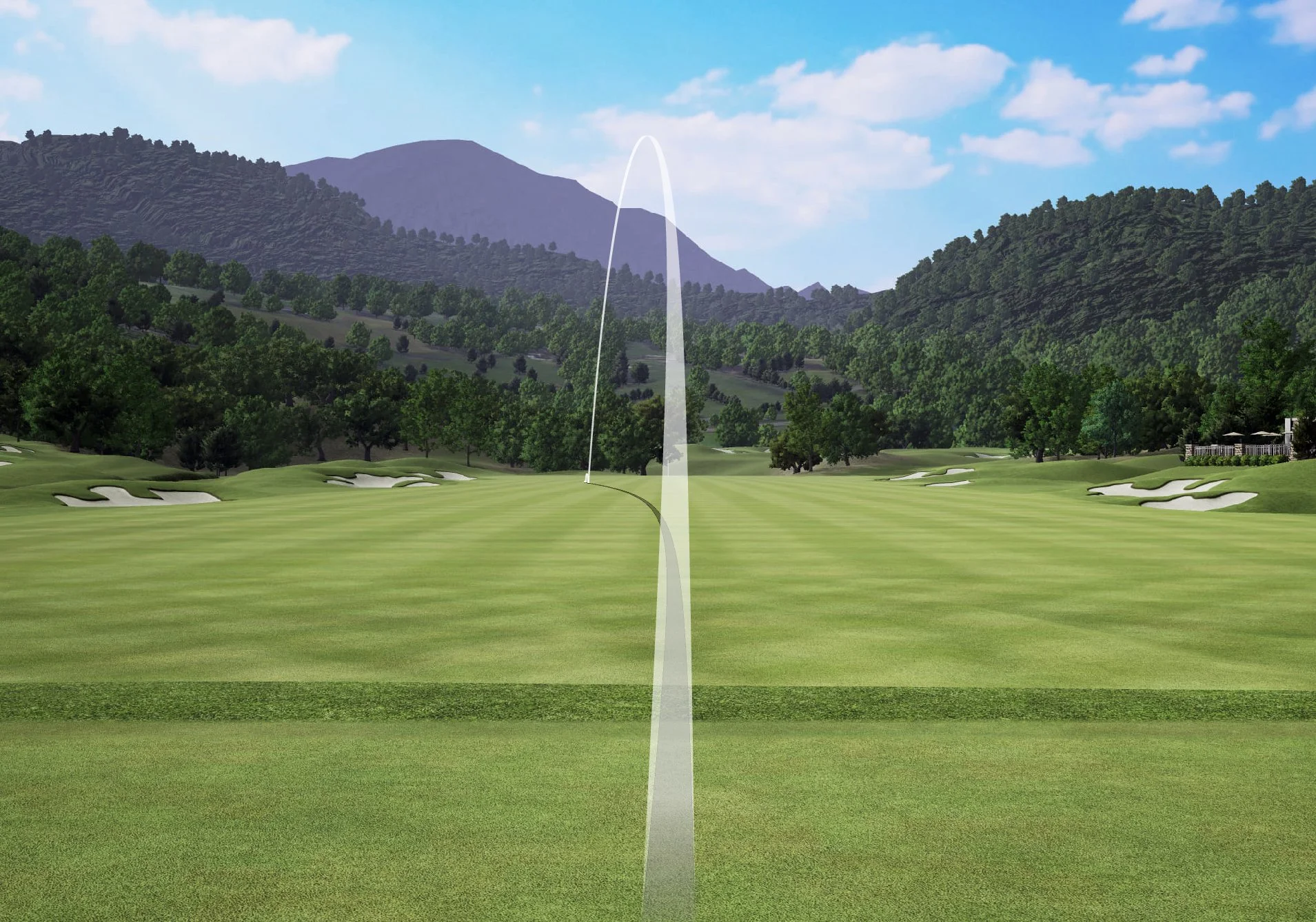I have had more than one golfer come to me with the problem of shanking! You know the shot, the swing feels great, perfectly normal, and then suddenly when we get to impact with the ball…….. DINK, straight of the hosel/neck/heel (delete as appropriate) and we see the ball go straight right and very low.
The next shot, our minds a bit baffled with what just occurred, but we go again. Same swing, same nice feeling, then all of a sudden…… DINK, another one going low and to the right.
Right now, our anger levels and blood pressure are growing suddenly, we are hugely confused as the swing felt exactly the same as if we’d struck the ball out the centre of the golf club, but we ended up hitting one of ‘those’ shots, a shot that looks pretty ugly and can get us into a lot of trouble.
So what do we do to ensure it doesn’t happen again?
Well, like most amateurs, we try and solve the issue by focusing on the swing. Trying to tinker with almost all of our limbs to get them into what we perceive as the perfect position to stop this from happening again. But what happens………… DINK! The changes that we have made have not helped and our mind is now a blur of every single aspect of the swing that we have ever been taught, learnt or heard about. It’s a disaster!
To avert this feeling, we need to ensure we KNOW why we have hit this shot. And by why I don’t mean because X or Y have happened in the golf swing. I mean where has the ball made contact with the club!
In this case, the ball has hit the neck of the golf club, the part of the club where the shaft enters the head. All our task is next to ensure we strike the ball out of the opposite end of the golf club, the toe. And by this I don’t mean trying to manipulate your golf swing or think about the swing. I mean to simply FEEL the ball coming out of the toe.
Yes, different things will happen in the swing but the trick here is to not be conscious of these changes. Our task is to simply feel the ball coming out the toe anyway we can.
Results are everything in golf, it’s not the one with the prettiest swing that shoots the lowest scores and wins tournaments.



